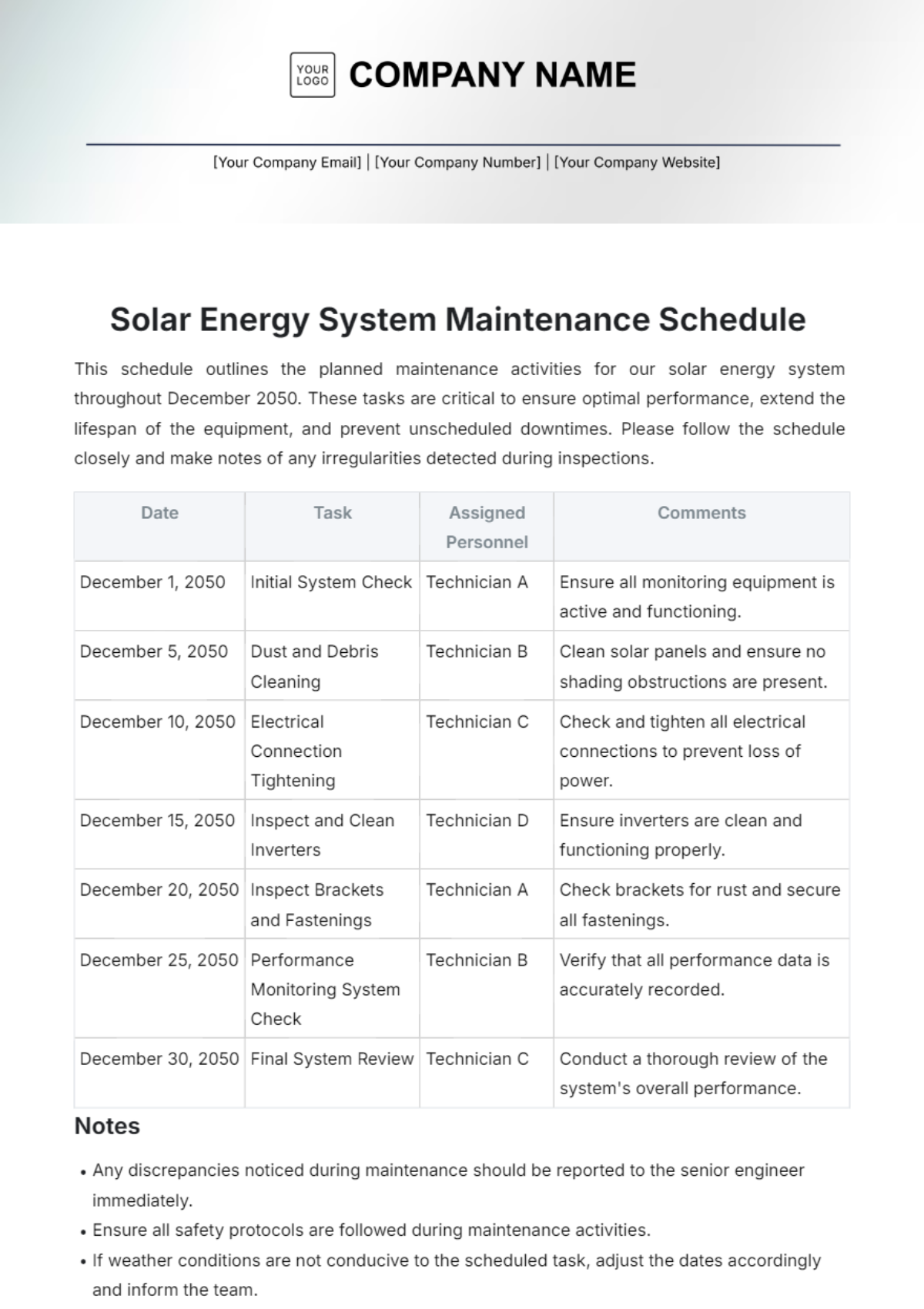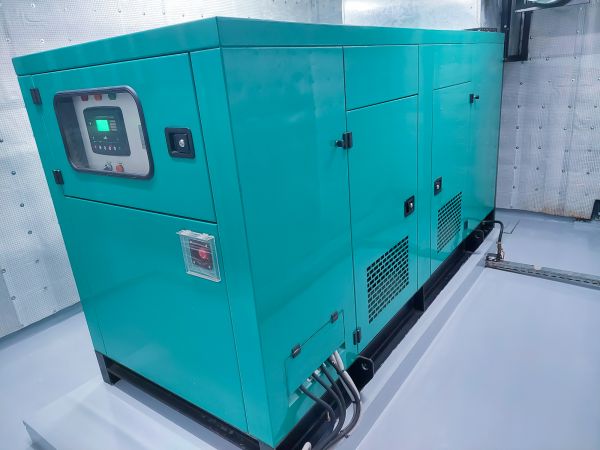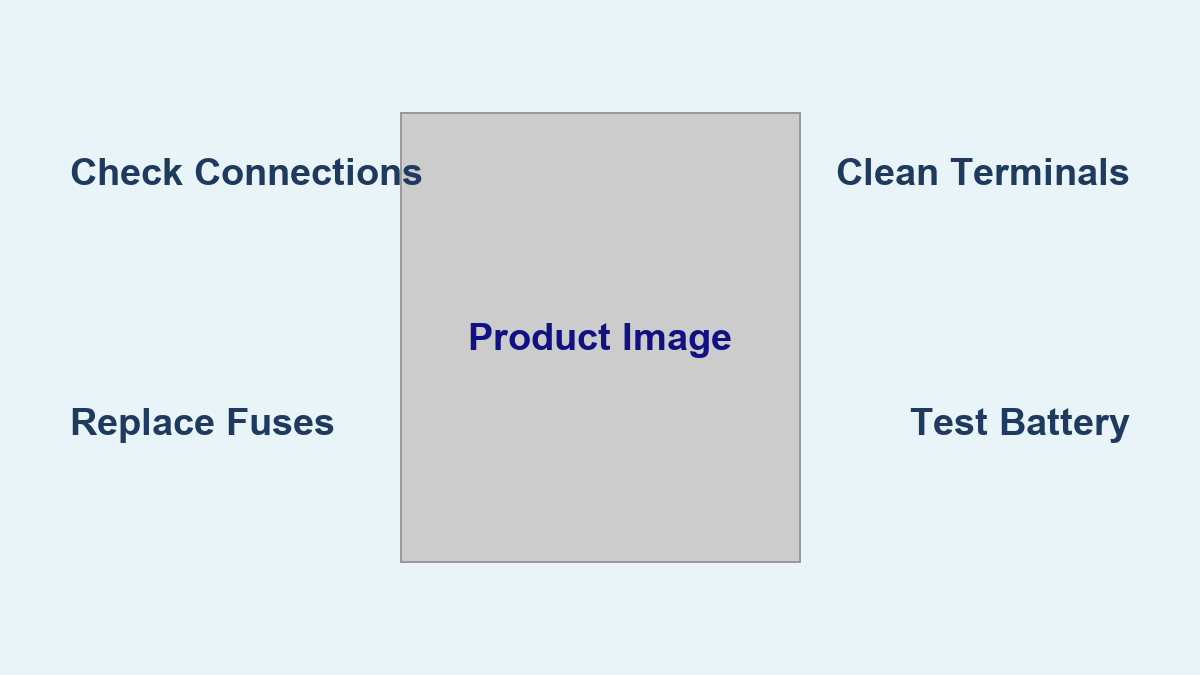Is your solar generator failing to power your needs? The frustration of a dead solar generator when you rely on it for camping, emergencies, or off-grid living is understandable. Often, a quick diagnostic check and a simple fix can get you back up and running. In many cases, it’s a loose connection or a blown fuse.
This comprehensive guide will walk you through diagnosing common solar generator issues, providing multiple repair solutions, from basic troubleshooting to more advanced fixes. We’ll cover preventative maintenance to ensure your solar generator lasts for years to come, giving you the peace of mind knowing you’ll have power when you need it most. By the end of this article, you’ll be equipped to tackle most solar generator repairs yourself, saving you time and money.
Common Causes of Solar Generator Failure
Many factors can lead to a solar generator not working correctly. Understanding these causes is the first step toward a successful repair.
Battery Issues
The battery is the heart of a solar generator. Degradation over time, improper storage, or damage can all cause it to fail. Lithium-ion batteries, commonly used in solar generators, are sensitive to extreme temperatures and overcharging.
Inverter Problems
The inverter converts DC power from the battery to AC power for your devices. Inverter failures are often caused by overheating, power surges, or internal component damage.
Charging Circuitry Faults
Issues within the charging circuitry can prevent the generator from properly charging from solar panels or AC adapters. This could be due to a damaged charge controller, faulty wiring, or a blown fuse.
Loose Connections & Wiring
Surprisingly, many problems stem from simple loose connections. Vibration during transport or normal use can cause wires to become disconnected.
How to Fix Your Solar Generator: Multiple Solutions

Here are several methods to troubleshoot and repair your solar generator, starting with the easiest and progressing to more complex fixes.
Method 1: Basic Troubleshooting & Reset
This is the first step and often resolves simple issues.
Diagnosing the Issue
- Check all connections: Ensure the solar panels, AC adapter, and any connected devices are securely plugged in.
- Visual Inspection: Look for any visible damage to cables, ports, or the generator casing.
- Power Button: Confirm the power button is fully engaged.
Fix Steps
- Power Cycle: Turn off the generator completely and unplug all devices. Wait 5-10 minutes, then plug everything back in and turn it on.
- Reset Button: Some generators have a reset button (often a small recessed button). Use a paperclip to press and hold it for 10-15 seconds.
- Check Fuses: Locate the fuse box (usually near the AC outlets) and inspect the fuses. Replace any blown fuses with the same amperage rating. Important: Always disconnect the generator from power before checking or replacing fuses.
Testing
Plug in a small appliance (like a phone charger) to see if the generator is now providing power.
Method 2: Inspecting and Cleaning Connections
Corrosion and loose connections frequently cause issues.
Diagnosing the Issue
- Look for corrosion on terminals and connectors.
- Gently wiggle connections to see if the power fluctuates.
Fix Steps
- Disconnect Power: Turn off and unplug the generator.
- Clean Terminals: Use a contact cleaner specifically designed for electronics to clean corroded terminals.
- Tighten Connections: Ensure all connections are snug but not overtightened.
- Inspect Wiring: Look for frayed or damaged wires. If found, carefully repair or replace them.
Testing
Re-connect power and test with a small appliance.
Method 3: Battery Health Check & Management
If the generator isn’t holding a charge, the battery is likely the culprit.
Diagnosing the Issue
- Observe the battery level indicator. Does it drop rapidly or not charge at all?
- Listen for unusual noises from the battery (hissing, clicking).
- Use a multimeter (if you’re comfortable) to check the battery voltage. A healthy lithium-ion battery should read around 12.8-13.2V when fully charged.
Fix Steps
- Proper Charging: Ensure you’re using the correct charger and following the manufacturer’s instructions.
- Temperature Management: Avoid charging or discharging the battery in extreme temperatures.
- Long-Term Storage: If storing for extended periods, discharge the battery to around 50% and store it in a cool, dry place.
- Battery Replacement: If the battery is severely degraded and won’t hold a charge, it may need to be replaced. Important: Battery replacement can be complex and may require professional assistance.
Testing
After charging, monitor the battery level and test the generator’s output.
Preventing Future Solar Generator Problems

Preventative maintenance is key to extending the life of your solar generator.
Regular Cleaning
Keep the generator clean and free of dust and debris, especially the ventilation ports.
Proper Storage
Store the generator in a cool, dry place when not in use.
Battery Maintenance
Follow the manufacturer’s recommendations for battery charging and storage.
Connection Checks
Periodically check and tighten all connections.
Pro Tips for Solar Generator Repair
- Don’t Disassemble Beyond Your Skill Level: Complex repairs can be dangerous. If you’re not comfortable, seek professional help.
- Read the Manual: Your generator’s manual provides valuable troubleshooting information specific to your model.
- Use Quality Replacement Parts: Always use genuine or high-quality replacement parts to avoid further damage.
- Temperature Considerations: Lithium-ion batteries are sensitive to temperature. Avoid operating or charging in extreme heat or cold.
- Document Your Repairs: Keep a record of any repairs you make, including dates and parts used.
- Safety First: Always disconnect the generator from power before performing any repairs.
Professional Help: When to Call an Expert

- Inverter Failure: Diagnosing and repairing inverter problems often requires specialized equipment and expertise.
- Internal Component Damage: If you suspect internal component damage, it’s best to consult a professional.
- Complex Battery Issues: If you’re unsure about battery health or replacement, seek professional assistance.
- Warranty Concerns: Attempting repairs yourself may void the warranty.
A qualified solar generator technician can diagnose and repair complex issues safely and efficiently. Expect to pay between $75-$200 for a diagnostic fee, with repair costs varying depending on the problem.
FAQ
Q: Why won’t my solar generator charge from solar panels?
A: This could be due to several factors, including incorrect panel angle, shading on the panels, a damaged charge controller, or faulty wiring between the panels and the generator.
Q: Can I replace the battery in my solar generator?
A: Yes, but it’s often complex and requires technical knowledge. Check your generator’s manual for instructions and consider professional assistance.
Q: How long should a solar generator battery last?
A: The lifespan of a solar generator battery depends on usage, storage conditions, and battery type. Lithium-ion batteries typically last 500-1000 charge cycles.
Q: What does it mean if my solar generator is overheating?
A: Overheating can indicate a problem with the inverter or battery. Turn off the generator immediately and allow it to cool down.
Alternative Solutions
If you’ve tried the above solutions and your generator still isn’t working, consider these alternatives:
| Solution | Pros | Cons | Best For |
|---|---|---|---|
| Warranty Claim | Free repair/replacement | May require shipping & downtime | Generators still under warranty |
| Professional Repair Service | Expert diagnosis & repair | Costly | Complex issues |
| New Solar Generator | Guaranteed functionality | Significant expense | Severely damaged or outdated generators |
Get Your Solar Generator Working Again
You’ve now learned a range of solutions for repairing your solar generator, from simple troubleshooting steps to more advanced battery checks and connection repairs. Remember to prioritize safety and consult a professional when needed. Don’t let a malfunctioning generator leave you in the dark!
Have you successfully repaired your solar generator using this guide? Share your experience and any additional tips in the comments below to help other readers!

